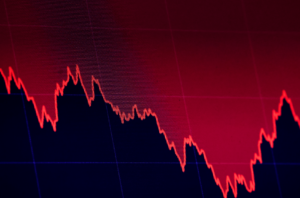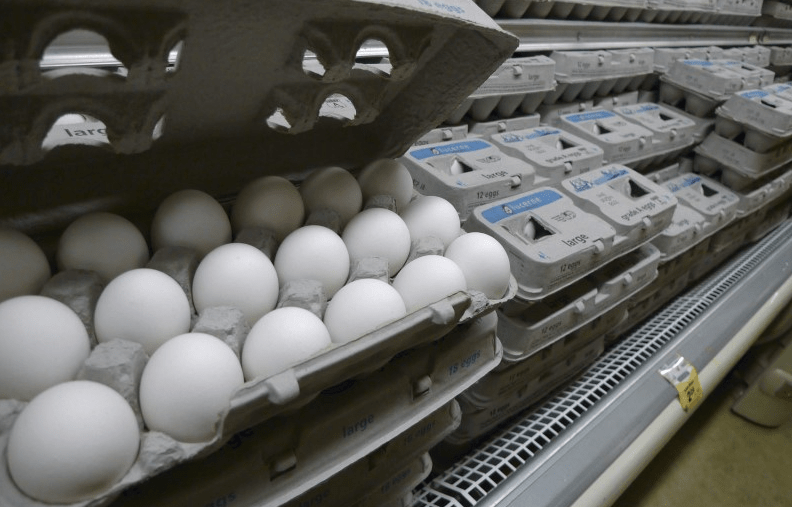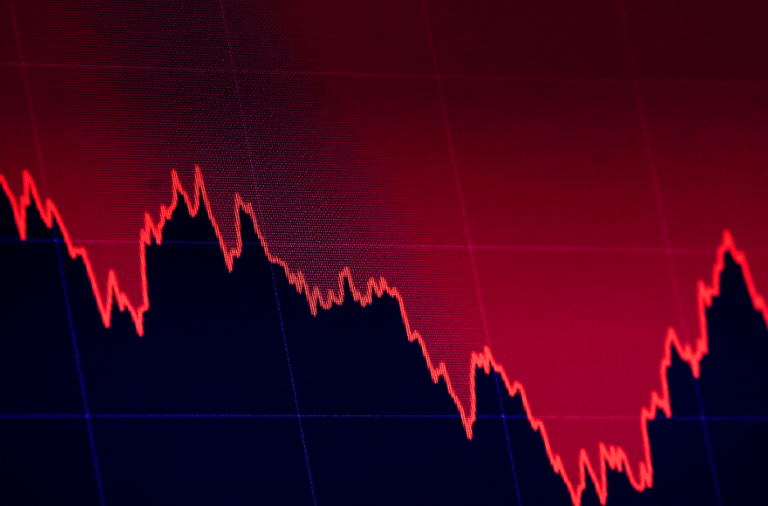Egg prices in the U.S. have soared over the past year as the bird flu outbreak continues to disrupt supply chains, leaving consumers facing higher costs and reduced availability. Farmers and retailers alike are struggling to manage the impact, with some stores limiting purchases and others unable to stock premium varieties.
Rising Costs and Limited Supply
The national average price for a dozen eggs reached $4.15 in December, more than double the price from the summer of 2023. While still below the $4.82 peak recorded two years ago, prices are expected to rise another 20% this year, according to the U.S. Department of Agriculture (USDA). In some regions, shoppers are paying significantly more or encountering empty shelves altogether.
Organic and cage-free eggs are particularly expensive, partly due to state laws mandating better living conditions for hens. These regulations, already in effect in 10 states, have further tightened supply and driven up prices.
The Role of Bird Flu
The primary driver behind the spike in prices is the bird flu outbreak that began in 2022. The virus has forced farmers to cull more than 145 million birds, the majority of which were egg-laying hens. Each outbreak requires farms to eliminate their entire flock, clean and disinfect facilities, and restart operations—a process that takes months.
Adding to the challenge is the virus’s persistence. Unlike past outbreaks, it has survived through warmer months and even found new hosts, including dairy cattle. The highly contagious virus is spread through wild birds, farm equipment, and even human interaction, making it difficult to contain.
Efforts to Combat the Crisis
Farmers are implementing stringent biosecurity measures, such as disinfecting vehicles, installing lasers to deter wild birds, and isolating sick animals. Despite these efforts, experts say vaccines are not a practical solution for the millions of chickens at risk, and trade restrictions on vaccinated poultry remain a concern.
The USDA has spent over $1.14 billion compensating farmers for losses and allocated an additional $576 million for containment efforts. However, the financial burden on small farms remains immense.
Outlook for Consumers
As Easter approaches—a peak season for egg consumption—shoppers should prepare for continued high prices. Retailers are feeling the strain as well. Mike Vickers, a supermarket manager in Minneapolis, described the frustration of selling eggs at slim margins, saying, “It’s the first time I’ve been embarrassed about egg prices, but it’s out of our hands.”












